Feature
Five fashion sourcing trends to watch
Global garment manufacturers tell Laura Husband the main sourcing trends to watch as well as the biggest opportunities for the fashion industry and its wider supply chain.
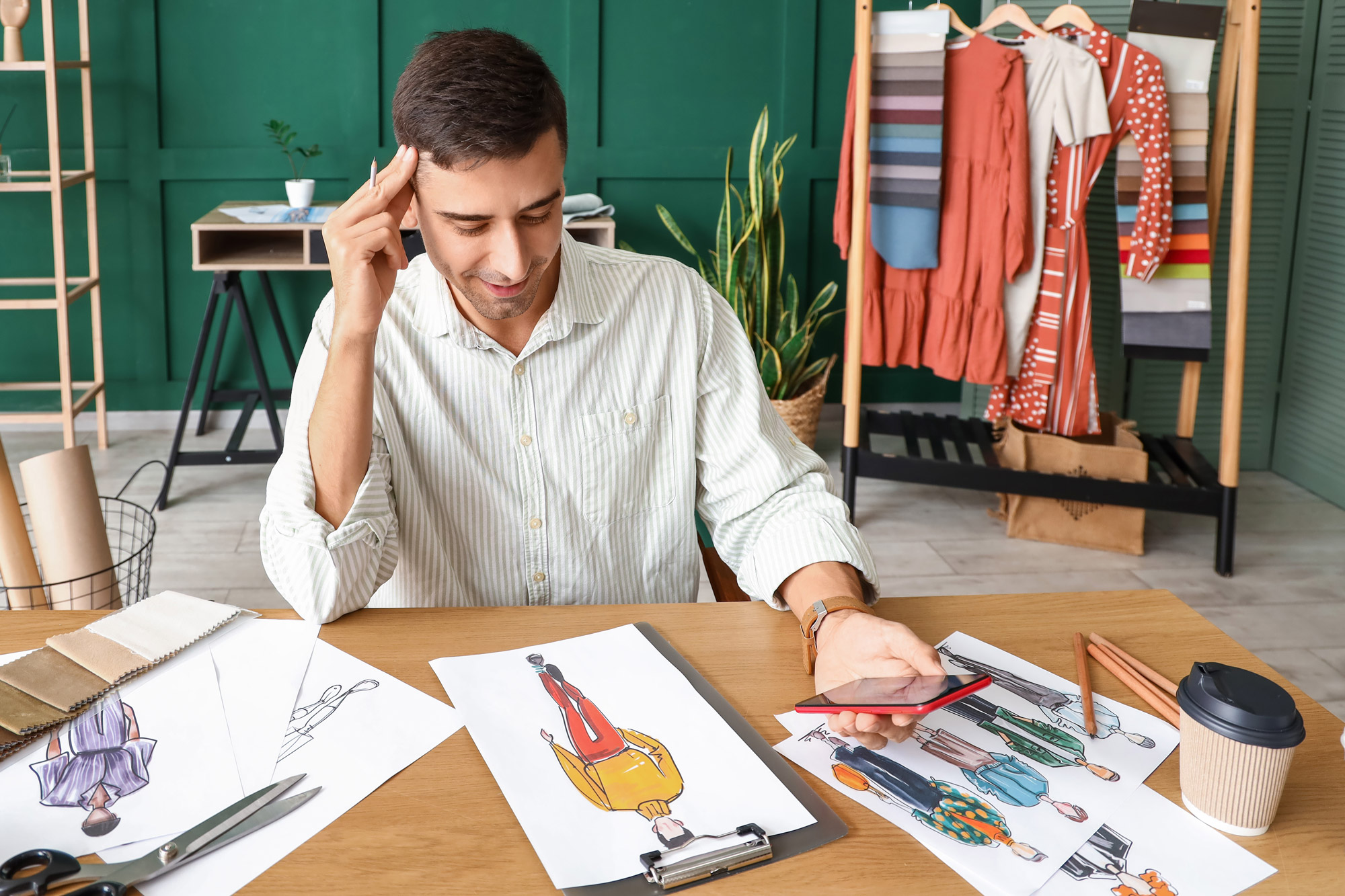
Today's global fashion sourcing trends range from affordable sustainability to overcoming global trade uncertainties. Credit: Pixel-Shot / Shutterstock
During a live webinar hosted by McKinsey & Company, senior partner and global leader of McKinsey’s apparel, fashion & luxury sector, Gemma D’Auria, explains every year her team reveal the super fashion winners list.
The list comes from McKinsey’s Global Fashion Index and is based on 400 publicly listed companies being tracked over time based on their economic profit.
She notes that the super winners list is based on 2023 data as that’s the last full year of data available. McKinsey is “conscious that many things have changed in 2024,” but it still provides some insights into what’s happening within the wider fashion industry.
1. Affordable sustainability
Maria Eugenia Cutrera Lentini who works in sales for China's Nantong Wang & Sheng Textiles Co Ltd tells Just Style every fashion market is now looking at sustainability.
The commercial director of Portuguese knitwear supplier Inarbel, Joao Conde agrees, but asserts price remains an important issue.
Understandably, he says fashion brands that place sustainability high up on their agenda expect regular communication and seek more control of the end product.
He adds his company's European location means he can deliver items quickly and easily to up-and-coming sustainable brands based across Europe and the UK.
He pinpoints the UK as having a growing number of sustainable brands that prioritise quality over price and he's excited to work with them as they appreciate the importance of creating garments that are built to last.
The president of Nepal Pashmina Industries Association, Dhan Prasad Lamichhane says Nepal prides itself on having a sustainable supply chain that takes the goats' welfare very seriously. It also has a zero waste policy, which includes producing mixed recycled material pashminas from wool and silk.
Creating a circular economy and reaching zero waste is a recurring theme with Mohamed Mousaad, managing director of Egyptian knitwear manufacturer EGY-Tricot describing both as key priorities for his company.
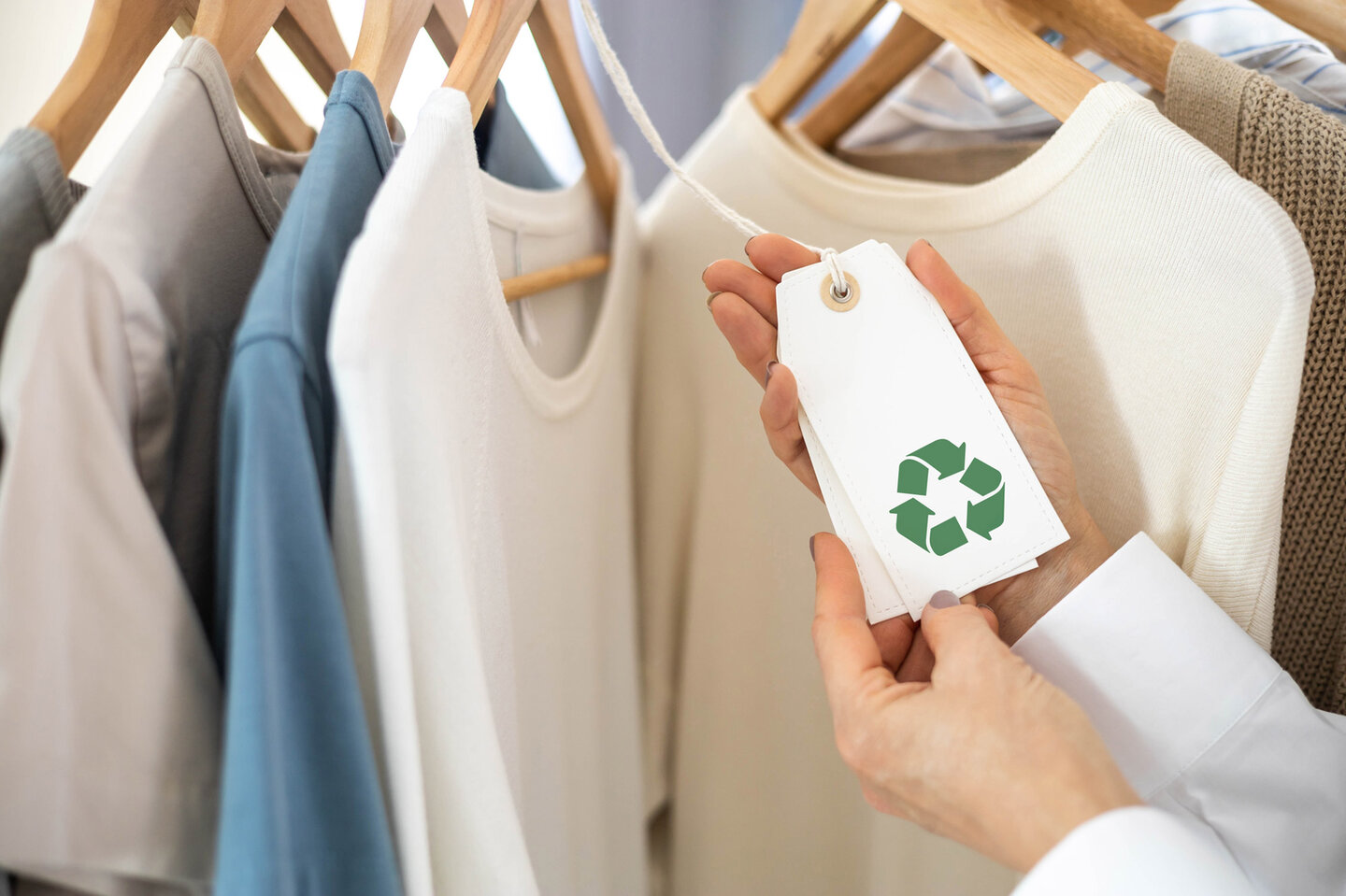
Credit: Kostikova Natalia / Shutterstock
He sources all raw materials locally to save on the financial and environmental costs of shipping. Plus, his production line is set-up to not need any cutting, which means there's no unnecessary waste.
Mousaad also notes the fashion trend for quiet luxury beiges and creams is helping his company to promote Egyptian cotton in its natural form, which is both cost effective and sustainable as it doesn't need to be dyed.
But, Colin Spencer Halsey, the CEO and owner of the UK's The Natural Fibre Company is quick to add sustainability alone is not enough. He explains: "Consumers are asking where do the products come from. We're finding an increasing requirement to capture that full audit journey."
Halsey is able to fulfil this as being a British made natural fibre company, he sources the raw fibre from British farms and processes it from raw fibre to yarn. He also offers mill tours in Cornwall and notes there's a "strong prominence ethos that appeals to visitors."
He continues: "We've got the traceability aspect as we've got the farms but we're now working on getting more sophisticated in terms of our digital footprint and digital product passport and embracing AI in the future."
2. Overcoming smaller order quantities
Julie Zhang who works in sales for Chinese cashmere supplier Pipigou Clothing Co. Ltd, tells Just Style there is a growing trend for smaller orders, which is a challenge. She explains if a minimum quantity can't be reached it makes production more expensive.
Omar Abdelfattah, the vice chairman of Egyptian vertical garment manufacturer Elhelal Company says his company can't do small quantities and given he wants to expand into the UK, it can be a challenge trying to find the fashion brands in a new market that are able and willing to take bigger orders.
Portuguese sustainable knitwear supplier Inarbel also struggles with smaller quantities. Conde explains the European textile industry has to compete against the production in the Far East so his firm prefers higher order quantities to keep prices competitive.
But, he would urge all fashion brands and consumers to question the ethics behind a sustainable fashion item if the price is too low. He says: "How much are the garment workers paid and what kind of life do they live? When we talk about sustainability we have to look at it from different perspectives and not just the material that's being used as there's also the social element."
The president of Ethiopia's Hawassa Industrial Park Investors Association (HIPIA) Hibret Lemma tells Just Style his garment factories are also trying to navigate smaller order quantities.
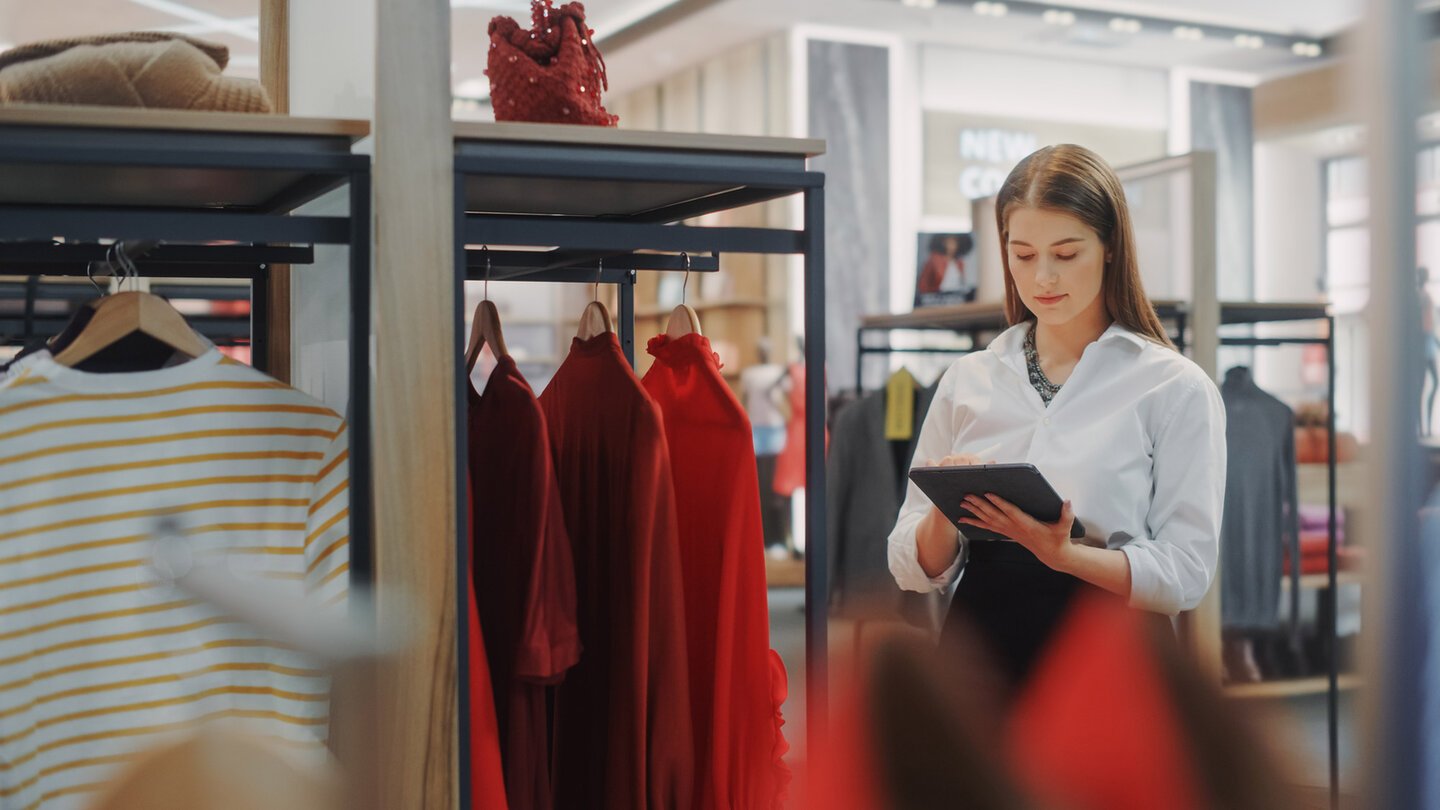
Credit: Gorodenkoff / Shutterstock
He explains that since Ethiopia lost its duty-free access to the US market through the bilateral trade agreement with Africa (AGOA), the country has been trying to attract fashion buyers from new markets.
The difficulty is that Hawassa's garment factories were built with production lines suited to the US's larger order quantities, whereas European orders are much smaller.
Lemma admits: "It is taking time to diversify from the US but we'd like to get more access to the UK and European market.
"We're looking at consolidating Europe's smaller and more seasonal orders to reduce freight costs. We also want to collate orders and ship them together."
He reveals Ethiopian Airlines is willing to give preferential rates to fly finished garments, which makes sense for Europe's smaller order sizes as there are flights to the region everyday. Plus, it provides the flexibility needed to turnaround orders quickly.
An innovative Portuguese digital printing firm has embraced the demand for lower order quantities.
Wonderraw's owner Rui Costa tells Just Style his project targets new brands that want to customise his capsule organic cotton collection in their own way.
Its a made-to-order model that can take orders as low as 50 as he's noticed there is growing demand for this.
3. Impact of global trade uncertainty
The African Growth and Opportunity Act is due to expire at the end of 2025 and Ethiopia was hoping to regain access after losing it in 2022, but Lemma tells Just Style now US President Donald Trump is in the picture "nothing is certain".
He is hopeful the UK might invest in Ethiopia's fashion sector in the near future after UK Deputy Prime Minister Angela Rayner flew to the country's capital to attend the signing of a shareholder agreement with UK private equity firm Asset Green in February for a $600m dairy farming and processing project.
The project, which will be implemented in two phases, will also include the cultivation of cotton in its second phase.
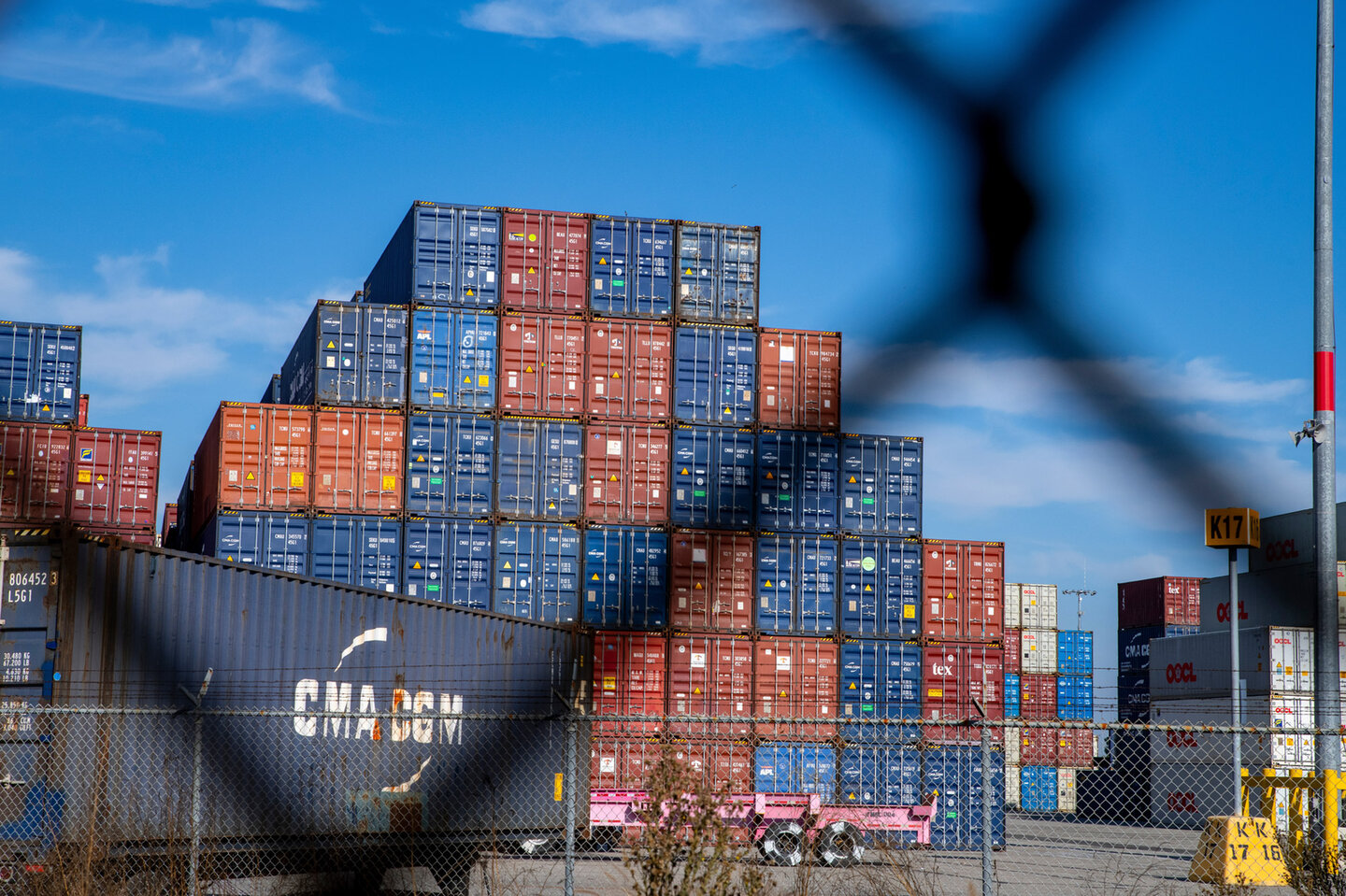
Credit: Robert V Schwemmer / Shutterstock
Meanwhile, the vice chairman of the Indonesia Textile Association, Anne Patricia Sutanto tells Just Style Indonesia is already benefitting from its wide-ranging free trade agreements with more on the horizon.
She explains that her country already has agreements with EU and non-EU countries, including Iceland, Norway and Switzerland and it has signed several agreements with Middle East and African countries.
It has also concluded negotiations with Canada for a Comprehensive-Economic Partnership and is launching a Strategic Partnership with the UK to maximise opportunities between the two countries over the next five years.
She states: "It's going to put Indonesia on the map."
4. Benefits of nearshoring
EGY-Tricot's Mousaad believes being located Egypt is a "big opportunity" for fashion brands and buyers that want to reduce their dependence on sourcing from the Far East.
He notes: "It just makes sense in terms of lead times to Europe and the fact it has so many high quality products available.
"We also have duty-free access to Europe, the UK, US and Arab countries, which helps if unit costs are slightly higher. Plus, you save on lead times."
Fellow Egyptian manufacturer Abdelfattah agrees, adding: "Egypt has an edge over most sourcing countries in the industry. We have better manufacturing costs than Türkiye but can offer the same lead time and if we compare ourselves to China, the lead time is shorter, plus Egypt is duty-free."
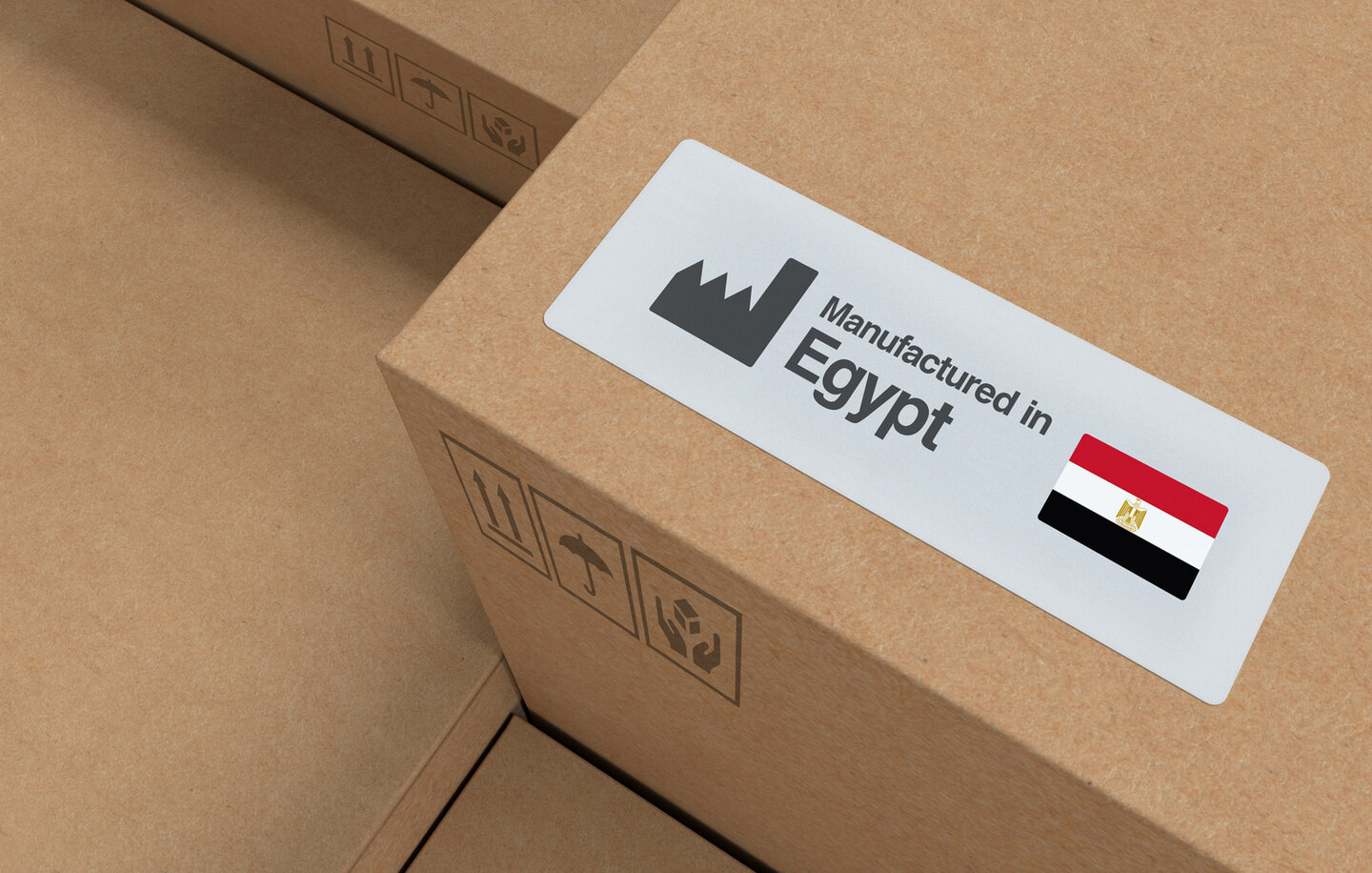
Credit: Alii Sher / Shutterstock
He sources all raw materials locally to save on the financial and environmental costs of shipping. Plus, his production line is set-up to not need any cutting, which means there's no unnecessary waste.
Mousaad also notes the fashion trend for quiet luxury beiges and creams is helping his company to promote Egyptian cotton in its natural form, which is both cost effective and sustainable as it doesn't need to be dyed.
But, Colin Spencer Halsey, the CEO and owner of the UK's The Natural Fibre Company is quick to add sustainability alone is not enough. He explains: "Consumers are asking where do the products come from. We're finding an increasing requirement to capture that full audit journey."
Halsey is able to fulfil this as being a British made natural fibre company, he sources the raw fibre from British farms and processes it from raw fibre to yarn. He also offers mill tours in Cornwall and notes there's a "strong prominence ethos that appeals to visitors."
He continues: "We've got the traceability aspect as we've got the farms but we're now working on getting more sophisticated in terms of our digital footprint and digital product passport and embracing AI in the future."
5. Ongoing inflation, high energy costs
Indonesia's Sutanto highlights that despite it being three years since the Ukraine-Russia war started, it is continuing to have a ripple effect across the wider fashion supply chain. She explains higher energy costs and inflation have taken their toll, particularly in Europe, which in turn has impacted fashion brands' buying power.
She says: "We would like to tell the world Indonesia is here to produce responsibly made sustainable clothing."
Her hope is that when the war is over and everything is stable from an energy costing and inflation point of view, European fashion brands' buying power will increase again.
The Natural Fibre Company's Halsey says UK manufacturers are also facing high energy costs. But on top of this, there are high business costs and labour costs to contend with.
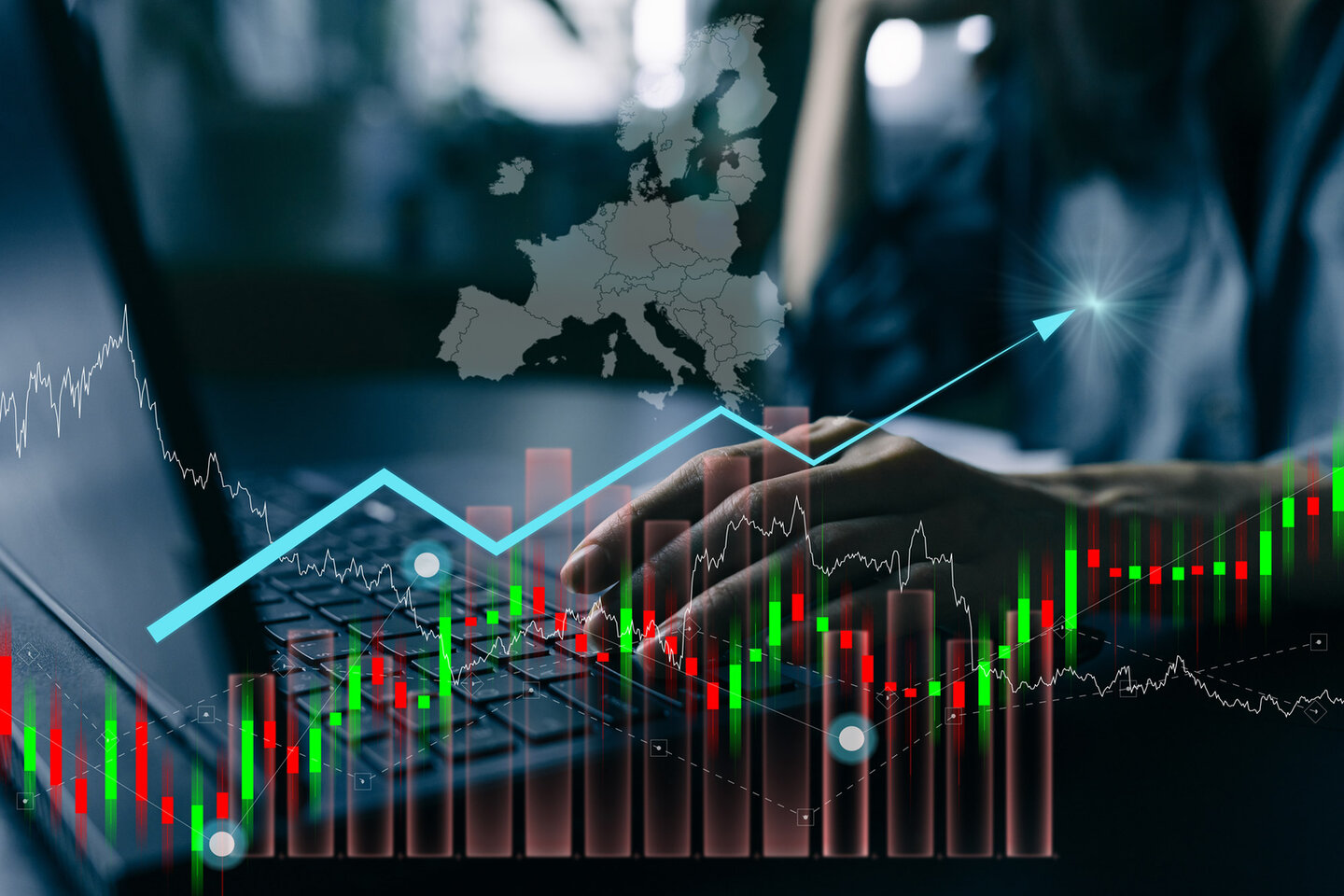
Credit: Leonid Sorokin / Shutterstock
He's part of a business consumer panel for the UK Government and hopes to provide intel that will improve UK manufacturing in future.
He explains the government needs to help UK manufacturers to become more competitive as the overhead costs are making it difficult to compete.
He continues: "Our other major challenge is the lack of industry skills so we need funding in education and apprenticeships.
"We've developed our own education as it's not possible to hire in the skills in Cornwall and we're part of an employment group that has links with schools."
Trade policy changes
Lu explains today’s fashion business is highly global and relies heavily on the frequent movement of goods and services across borders. Thus, the uncertain and protectionist nature of US trade policy during Trump’s second term could present significant challenges to the fashion industry in 2025.
“Notably, when the 7.5% Section 301 tariff was imposed on selected Chinese clothing products in 2018, the US Consumer Price Index (CPI) growth was relatively low at 1.9%. However, imposing a 20% global tariff, a 60% tariff on Chinese products, and the existing 15-30% regular tariff on clothing when the CPI is historically high is like “adding fuel to the fire,” he says.
While Crietee worries the power imbalance in the apparel supply chain will mean the biggest burden will be placed on manufacturers.
However, Randy Carr, president and CEO of emblem and patch manufacturer World Emblem, believes we will see more nearshoring come into fruition in 2025, noting there are many advantages for brands looking to nearshore operations, specifically faster turnaround times, better quality control, and overall cost savings.
“By relocating production to neighboring countries like Mexico, businesses can reduce transportation costs, shorten lead times, and gain greater oversight of manufacturing processes. Nearshoring has the potential to boost the growth of Mexican manufacturing exports to the US from $455bn today to an estimated $609bn in the next five years, according to Morgan Stanley Research,” he says.
On the other hand, Accenture’s CEO Matt Jeffers states it is important to remember nearshoring will put further pressure on price points and take time to take effect especially in new countries such as those in North Africa.
Lamar sees knowledge and partnership as being key. Companies will need to foster greater collaboration with their supply chain partners as they will be responsible for managing diligence and diverse sourcing programmes.
“Fast changing and comprehensive regulations and an uncertain tariff future (including the likelihood that new US tariffs trigger retaliatory tariffs), will mean supply chain partners need to be increasingly connected with each other and with appropriate government officials so they can both inform those policies while they are being crafted and respond to new policies that take effect.
“Winners in 2025 and beyond will be those who are ready to embrace the challenges, and who can do so while staying focused on delivering to their competitive advantage, whatever that may be,” he shares.
Caption. Credit:

Phillip Day. Credit: Scotgold Resources
Total annual production
The mine’s concentrator can produce around 240,000 tonnes of ore, including around 26,500 tonnes of rare earth oxides.
Gavin John Lockyer, CEO of Arafura Resources
